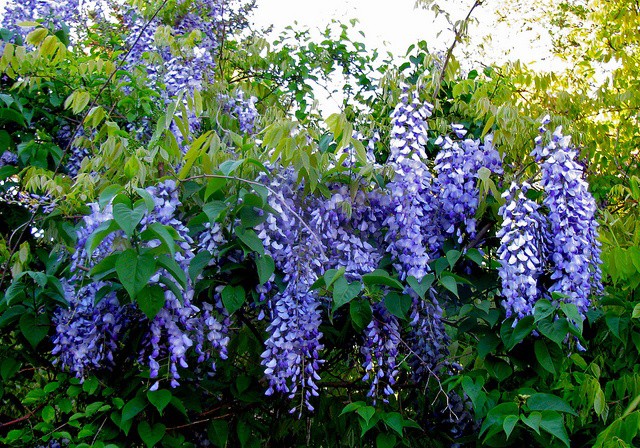From Alpine to Border: Exploring the Varieties of Primula Auricula

Exploring Primula Auricula: Varieties and Environmental Impact Primula auricula, commonly known as Auricula or Mountain Cowslip, is a beloved perennial plant cherished by gardeners and botanists alike. With its captivating blooms and versatility, this plant has found a place in gardens across the globe. In this article, we will explore the diverse varieties of Primula auricula, delve into its cultivation requirements, and examine its environmental impact. Here are some famous varieties of Primula auricula: 1. 'Blue Velvet' 2. 'Golden Hind' 3. 'Argus' 4. 'Double Apricot' 5. 'Old Irish Blue' 6. 'Peter Klein' 7. 'William Rex' 8. 'Sirius' 9. 'Dusky Maiden' 10. 'Marmion' These varieties are popular for their unique and striking features, making them favorites among gardeners and enthusiasts. Variet...




